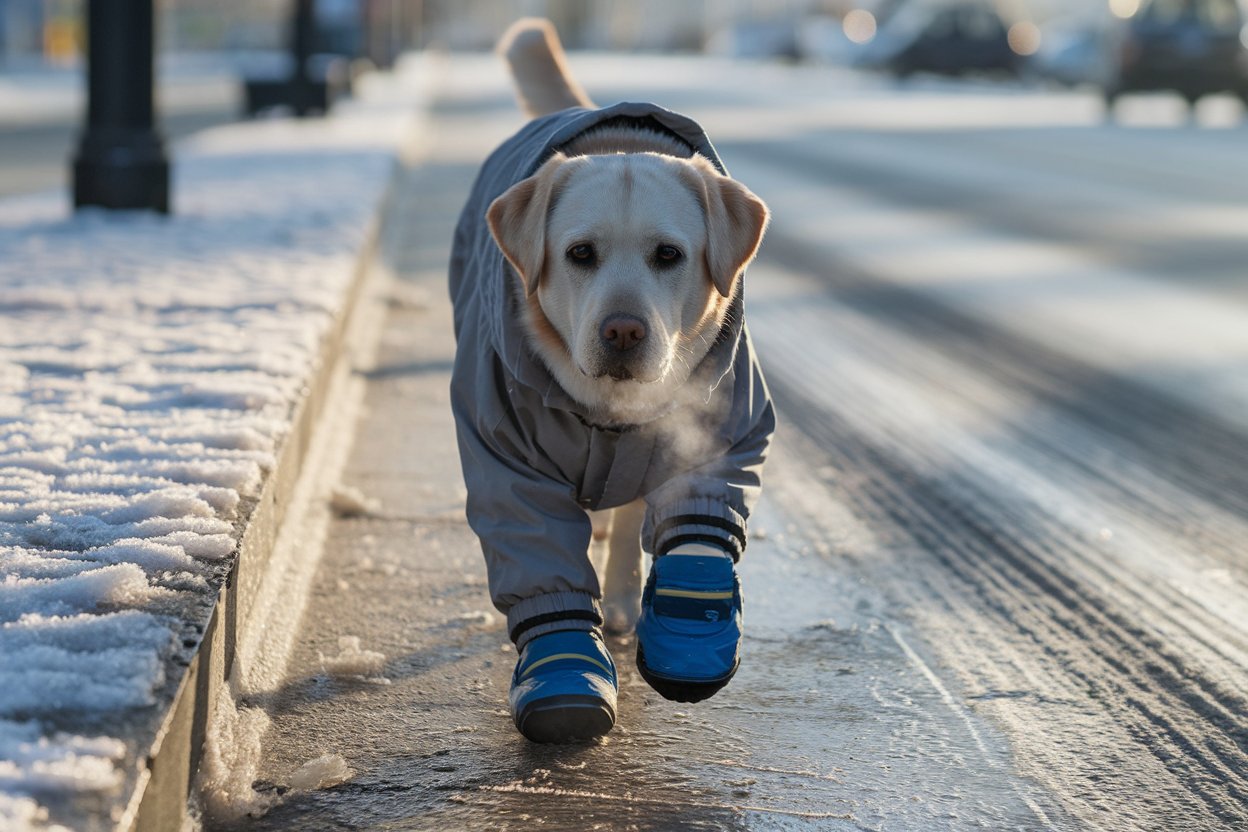
We all want the best for our dogs, but when it comes to shoes, things can get confusing. How do you pick a pair that’s comfortable, safe, and effective? Let’s figure it out together.
Dog shoes protect paws from extreme weather, rough terrain, and sharp objects, ensuring your dog stays safe and comfortable.
Sometimes, choosing shoes for your dog feels like shopping for a toddler—overwhelming! But don’t worry; I’ll guide you step by step.
How to choose shoes for a dog?
Choosing the right shoes for your dog can be tricky. You want something functional but also cute enough to show off at the dog park. But comfort always comes first!
Look for shoes with durable soles, breathable materials, and secure fastenings. Measure your dog's paws to ensure the perfect fit.

Dive deeper into choosing dog shoes:
1. Materials matter
Go for breathable mesh fabrics for summer or insulated ones for winter. Avoid stiff materials that can rub against your dog’s skin.
| Material Type | Best For |
|---|---|
| Mesh Fabric | Hot Weather |
| Insulated Wool | Cold Weather |
| Rubber Soles | Wet Surfaces |
2. Durable soles are essential
Check for anti-slip soles. These prevent sliding on wet surfaces and protect from sharp objects.
3. Measure those paws
Use a ruler or measuring tape. Measure from the heel pad to the tip of the longest toenail. Add a little extra room for comfort.
How to properly fit dog shoes?
Once you’ve chosen the shoes, the next step is making sure they fit. Ill-fitting shoes can cause discomfort or even injury.
Properly fitting dog shoes should stay snug without being tight. Ensure there’s enough room for toe movement but no space for slipping.
Dogs can’t tell you if something feels off. You need to check their body language. Do they limp or bite at the shoes[^1]? That’s a sign they’re not fitting well.
Dive deeper into fitting dog shoes:
1. Test before buying
If possible, let your dog try on the shoes in-store. Walk them around to see how they respond. Testing dog shoes in-store is crucial to avoid purchasing ill-fitting footwear.
2. Adjustable straps are key
Shoes with Velcro straps[^2] or elastic closures work best. They provide a secure but flexible fit.
3. Inspect for red marks
After the first use, check your dog’s paws for red marks[^3]. Red marks mean the shoes are too tight.
How do I teach my dog to wear shoes?
Let’s face it—dogs aren’t born shoe enthusiasts. It takes patience and some treats to get them used to the idea.
Introduce shoes gradually. Start with short periods indoors, using positive reinforcement like treats and praise.
The first time I tried putting shoes on my dog, he acted like I’d tied bricks to his feet. But with time and patience, he got used to them—and your dog will too.
Dive deeper into teaching your dog:
1. Start slow
Let your dog sniff and inspect the dog shoes before trying them on.
2. Practice indoors
Have them wear the dog shoes indoors for a few minutes daily. Gradually increase the time.
3. Use treats
Reward your dog every time they tolerate the shoes. Positive reinforcement works wonders.
What are dog shoes used for?
Dog shoes aren’t just about style (though, let’s admit it—they’re adorable). They serve practical purposes that benefit your pup’s health and safety.
Dog shoes protect paws from harsh weather, rough surfaces, and injury. They’re also great for hiking, snow, and hot pavements.
Picture this: It’s a snowy day, and your dog’s paws are covered in ice balls. That’s where good shoes make all the difference.
Dive deeper into their uses:
1. Weather protection
Hot asphalt in summer or icy paths in winter can harm your dog’s paws. Shoes provide a barrier.
2. Hiking buddies
If you’re an outdoor enthusiast, dog shoes help your pup tackle rocky terrains without getting hurt.
3. Injury prevention
For dogs with paw injuries, shoes act as a protective cover, speeding up healing.
Conclusion
Choosing the best dog shoes doesn’t have to be overwhelming. Prioritize comfort, fit, and function, and your pup will thank you with wagging tails and happy paws.











